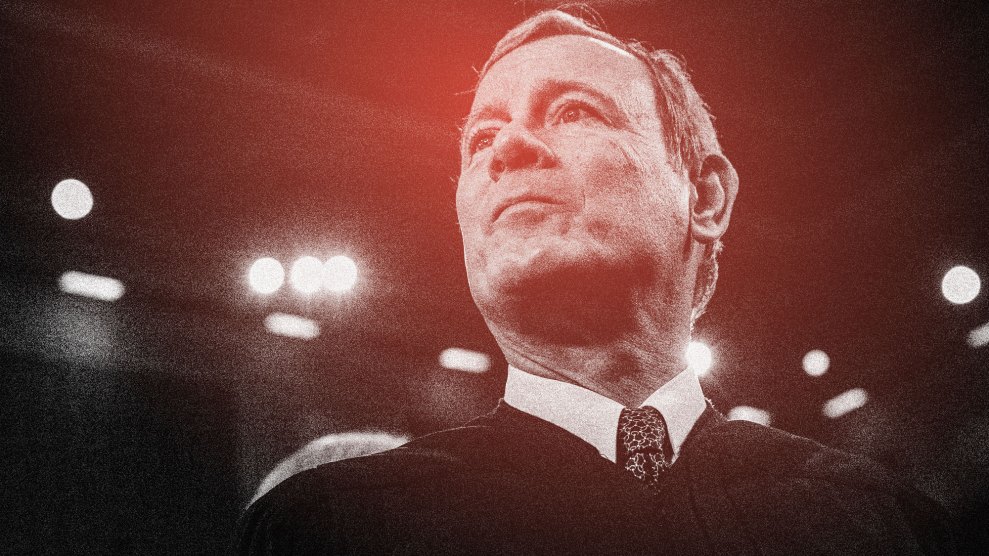When award-winning documentary filmmakers Catherine Tatge and Dominique Lasseur set out to chronicle the effect of domestic violence on children, the husband and wife team imagined theyíd be spending most of their time researching approaches to therapeutic healing. What they found instead was a system that routinely penalizes women who are victims of domestic violence by favoring their abusers in battles over child custody.
While there are a growing number of courts responsive to the specific needs of domestic violence victims (see Order in the Court), most family violence cases bounce women from court to court in a judicial system that takes no account of their unique circumstance. The scenario Tatge and Lasseur encountered time and again goes like this: A woman separates from her abuser and files for divorce. The father, who has shown little prior interest in the children, decides he wants joint or sole custody. The judge, seeing no link between spousal battering and child abuse, grants the request. “The abuser files motion after motion to slowly gain more custody of the kids,” says Lasseur, who first became aware of the issue while working on a documentary about victims of domestic violence five years ago. “In some cases he gains full legal and physical custody of the kids.”
The problem, Lasseur says, is that studies have shown that in cases where the father chooses to seek some form of custody over the motherís objections, there is a high probability that he has either battered the mother, abused the children or both. However, if the mother accuses the father of child abuse in court, the judge could suspect she is motivated by revenge and to reject the accusation as false.
Lasseur attributes this pervasive misperception to what he calls “an anti-woman bias in court” and to a theory called parental alienation. First introduced by Connecticut psychologist Richard Gardner in the mid-1980’s, the theory states that women will concoct stories of physical and sexual child abuse out of vindictiveness toward their former partners. Though the theory has been denounced as junk science, it has caught on among batterer’s defense attorneys and father’s rights groups, as well as in the courts. “When they get to court, what does the judge see? The abuser usually has the better job, owns the house, has more money, and like all abusers, has a great talent to be together and likeable,” Lasseur says. “The woman is upset, emotional, she comes undone. Itís like, wow, a crazy woman.”
The anti-battered-woman phenomenon in child custody battles was first explored in Small Justice, a 2002 documentary by Garland Waller. Since then it has become a major battleground for the battered women’s movement. “What’s happening is threatening to undo the past 20 years of progress,” Lasseur says. “Now you have police officers who explicitly tell women, if you are in a custody battle and you donít want to lose your kids, donít mention sexual abuse or domestic violence.”
Lasseur and Tatgeís hour-long documentary, Breaking The Silence: Childrenís Stories, is scheduled to air nationally on PBS in October.
For more information visit tatgelassuer.com.















